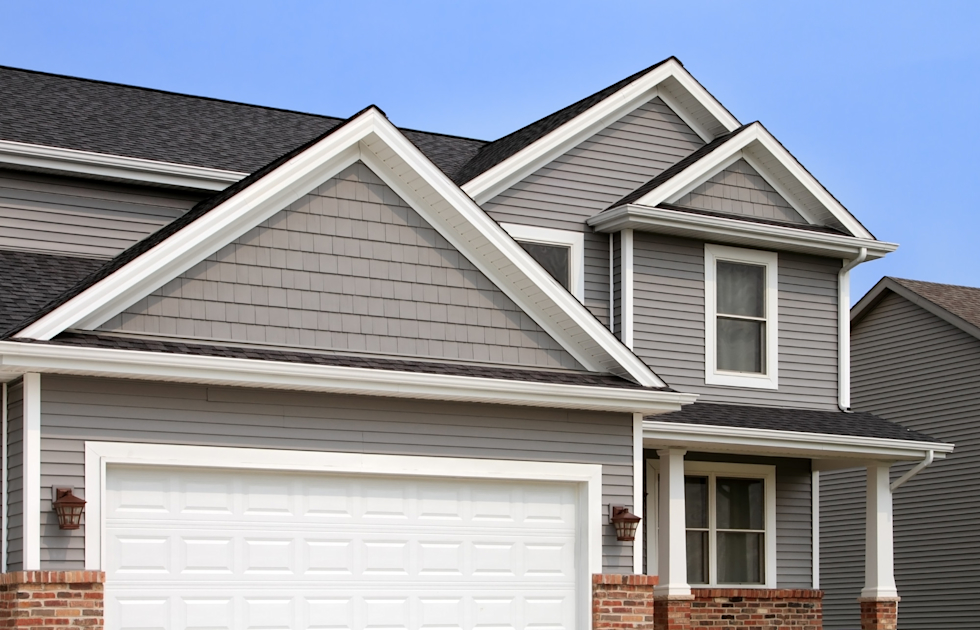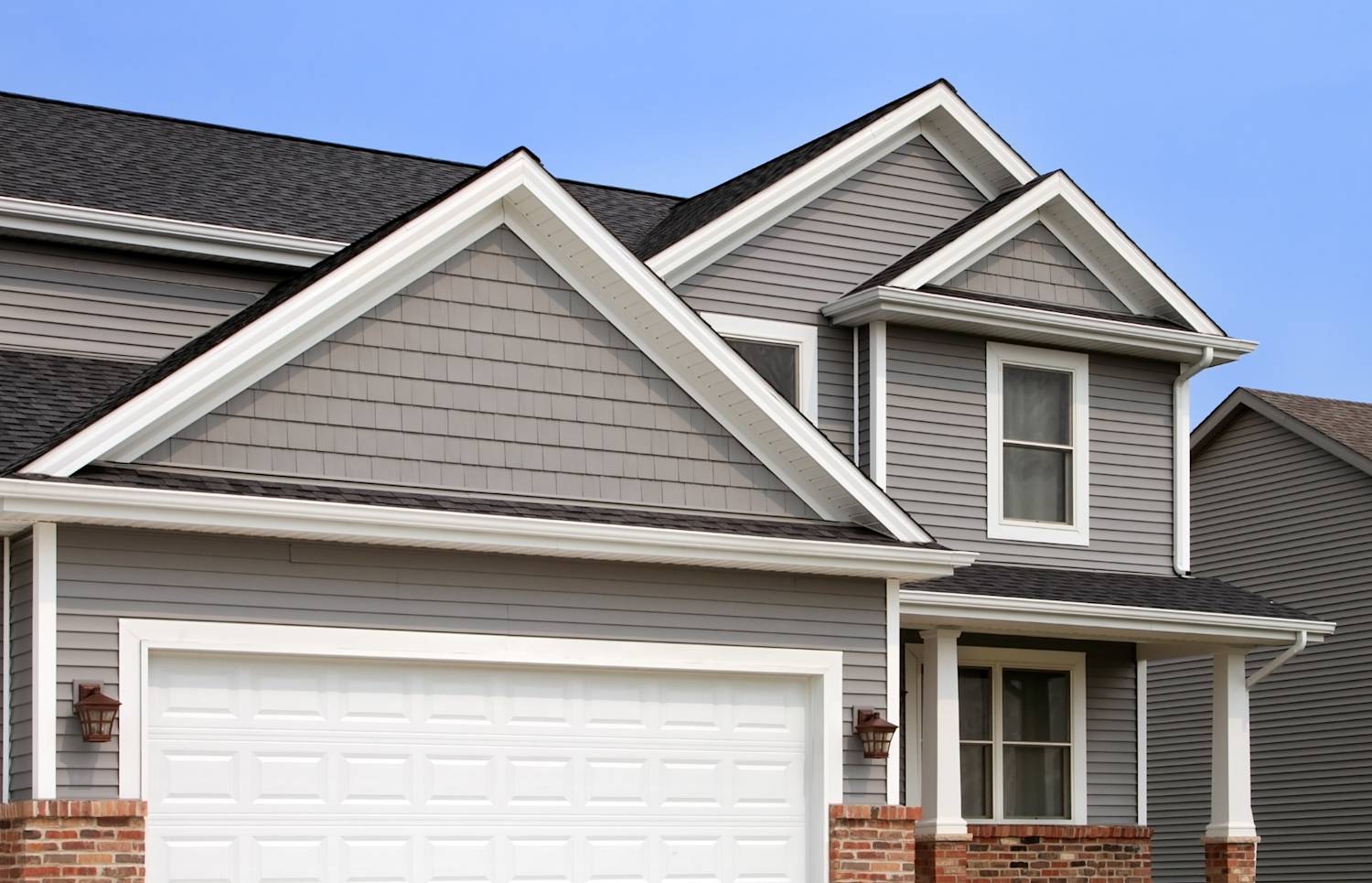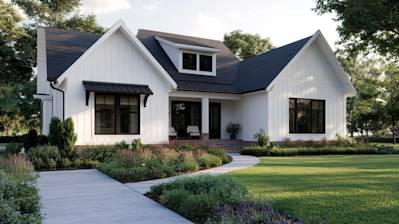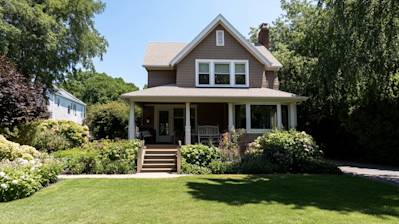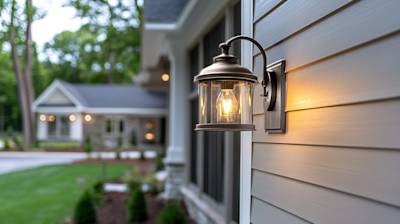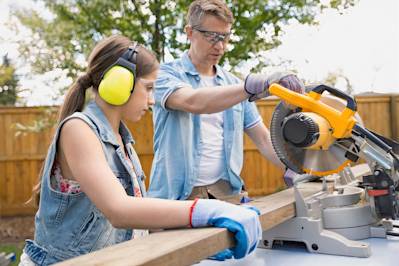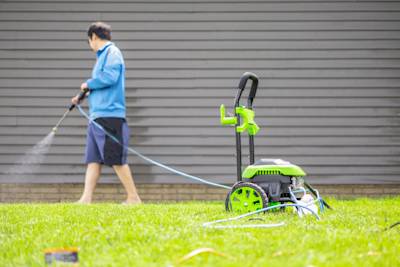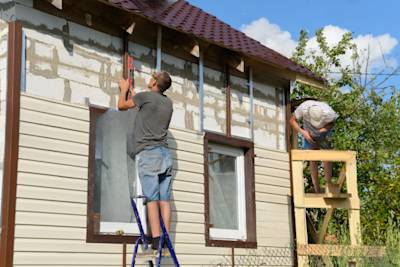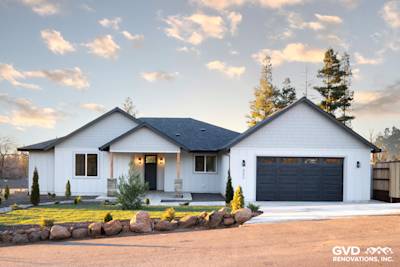Did you know that vinyl is the most common siding materialsin the country?
But this may soon come to an end as more and more homeowners are going for LP Smartside Engineered Wood Siding.
But why is there a drastic shift?
These two materials are known to have an aesthetic appeal and superb performance, hence, their great market share in the home-building industry. However, due to polarizing opinions about the use of each, it can be quite difficult to choose the ideal siding material from the two choices.
To help you make an informed decision, here’s a comprehensive comparison of the vinyl siding cost vs. LP Smart Engineered Wood siding cost, among other differences.
1. Cost
Vinyl siding costs way less than LP Smartside Engineered Wood Siding. This explains why it’s used by most homeowners looking to renovate their homes on a budget.
Usually, it costs around $2 dollars a square foot which roughly translates to about $7,000 when installed in an average sized home. On the other hand, LP Smartside siding can cost up to twice the amount of the vinyl cost, making it a more expensive choice.
In addition to the purchase price, LP Smart siding may require re-painting from time to time which adds to the initial price. It also requires skilled labor for installation.
With traditional vinyl, you don’t have to spend extra money on maintaining its look.
2. Durability
Even though both materials have almost the same lifespan and are pest-resistant, the difference stems from the level of maintenance.
Traditional vinyl can easily last for 40 years or more by simply cleaning it with water and detergent. On the other hand, LP Smart siding may require a little bit more maintenance including occasional painting and polishing.
Nevertheless, LP smart siding is more durable under harsh weather conditions compared to traditional vinyl, which becomes brittle due to fluctuating temperatures. This is not to mention that rainwater can get in between the siding causing mold problems.
What’s more, LP wood siding has a lesser risk of being damaged during installation unlike the traditional vinyl that’s vulnerable to twist, warps, and denting.
3. Appearance
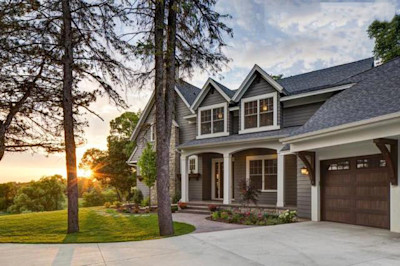
The LP wood siding is made to be more appealing than the traditional vinyl, especially if you factor in its classic wood-grain finish which a lot of homeowners want. Even better, LP smart siding is available in a wide variety of styles to choose from, including different color shades as well as rustic polished types.
Although traditional vinyl looks pretty much the same as LP smart siding, it fails to amplify some visually appealing elements of your house. For instance, when installed near a window, LP smart siding conceals the cornice extensions which makes the windows appear more visually appealing.
4. Energy Efficiency
Wood siding is well-known for its natural insulation properties which help to lower energy bills. However, LP smart siding has a higher insulation R-value than that of traditional vinyl. The higher the R-value, the better the insulation and the lower the energy bills.
But, there have been improvements made on traditional vinyl to make it a better insulator. This is made possible by the installation of foam panels on the backside of the traditional vinyl siding.
Keep in mind that you’ll have to pay more if you go for the insulated vinyl instead of the traditional one.
5. Installation
Installing traditional vinyl is faster and easier. In fact, if you have the time and skills, you can do it yourself since the planks and shingles are designed to lock into each other without fasteners.
Even better is the fact that there’s no style that vinyl can’t emulate, making it a versatile siding solution. From bevel, vertical planks to split-log style options, vinyl can be used anywhere on your house with minimal adjustments.
On the other hand, with LP SmartSide Engineered wood siding, you’ll have to saw and sand the materials and then nail them in place. This may take more time. However, you can always hire a professional.
Look Beyond the Vinyl Siding Cost
Given that traditional vinyl siding is less expensive, you may be tempted to use it as your preferred siding material. This is not to say that you shouldn’t use traditional vinyl but, don’t let the cost be the only criteria that lead to your decision.
To help you make a more informed choice, you may want to consider the following:
Resale Value
A house using LP Engineered wood siding is likely to have more value than that sided with traditional vinyl. So, if you’re planning on selling your house someday, you may consider using engineered wood siding to get the best returns on your investment.
Long-Term Plans
If you plan on changing the look of your house in the near future, you need to use a siding material that allows you to do that.
With LP engineered wood siding, you’ll have the opportunity of revamping your home’s look thanks to the regular repainting and polishing it requires. However, if you’re comfortable with your house maintaining its current look for a couple of more years, then traditional vinyl is the way to go.
Consult a Professional From GVD Renovations & Remodeling, Inc.
Both traditional vinyl and LP Engineered wood sidings offer a healthy variety of colors and designs to choose from. On the downside, this may be overwhelming to homeowners looking for the perfect curb appeal.
Looking at the LP smart siding vs. vinyl siding cost, durability, energy efficiency, and aesthetics, you can now make a more informed decision on the best siding for your house.
If you’re still unsure, don’t hesitate to consult a siding contractor from GVD Renovations & Remodeling to get a free estimate. We serve the whole Sacramento and Bay Area.
Tags: vinyl siding, lp wood siding, lp smartside, louisiana pacific siding, lp siding, engineered wood siding,



